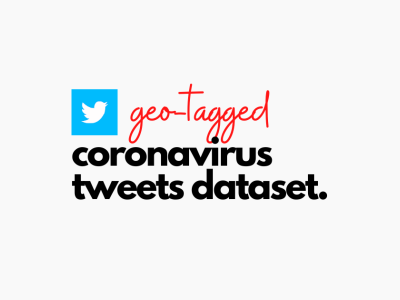Application of a Neural Network Classifier to Radiofrequency-Based Osteopenia/Osteoporosis Screening

- Citation Author(s):
- Submitted by:
- Johnathan Adams
- Last updated:
- DOI:
- 10.21227/0ew3-pm58
- Data Format:
- Research Article Link:
 659 views
659 views
- Categories:
- Keywords:
Abstract
There is an unmet need for quick, physically small, and cost-effective office-based techniques that can measure bone properties without the use of ionizing radiation. The present study reports application of a neural network classifier to the processing of previously collected data on very low power radiofrequency propagation through the wrist with the goal to detect osteoporotic/osteopenic conditions. Our approach categorizes the data obtained for two dichotomic groups. Group 1 included 27 osteoporotic/osteopenic subjects with low BMD (DXA T score below - 1) measured within one year. Group 2 included 40 healthy and mostly young subjects without major clinical risk factors such as (family) history of bone fracture. We process the complex radiofrequency spectrum from 30 kHz to 2 GHz. Instead of averaging data for both wrists, we are processing them independently along with the wrist circumference and then combine the results, which greatly increases the sensitivity. Measurements along with data processing require less than 1 min. For the two dichotomic groups identified above, the neural network classifier of the radiofrequency spectrum reports a sensitivity of 83% and a specificity of 94%. These results are obtained without inclusion of any additional clinical risk factors. They justify that the radio transmission data are usable on their own as a predictor of bone density. This approach has the potential for screening patients at risk for fragility fractures in the office, given the ease of implementation, small device size, and low costs associated with both the technique and the equipment.
Instructions:
.mat files contain de-embedded transmission and reflection data. .csv files contain non-de-embedded transmission and reflection data.
list.mat contains subject metadata as vectors. Each index corresponds to one subject.
- Vector F1 contains the subject identifier, which is also the name of the .mat file containing the subject's de-embedded data. Removing the preceeding 'D' from a subject's F1 entry will get the name of the corresponding .csv file.
- Vector F2 contains the subject's weight in lbs
- Vector F3 contains the subject's height in ft
- Vector F4 contains the subjects age in years
- Vector F5 contains the subject's potential for osteoporosis, determined primarily by clinical risk factors.
- 1(healthy=young)
- 2(likely healthy),
- 3(possible osteopenia)
- 4(osteopenia)
- 5(osteporosis)
- Vector F6 contains the subject's left wrist circumference in inches
- Vector F7 contains the subject's right wrist circumference in inches
- Vector F8 is the subject's sex
- Vector F9 is empty (emptied as part of de-identification of the dataset)







